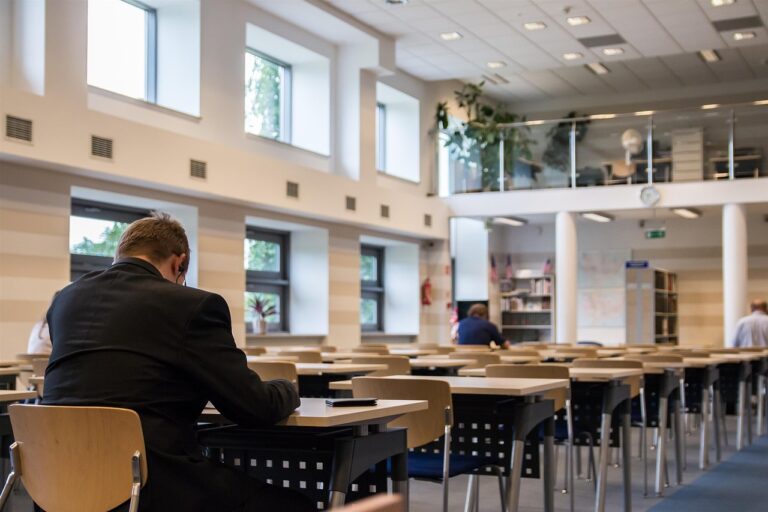Bilingual Education: Promoting Multilingualism in Schools
Bilingual education is a method of instructing students in two languages. This approach aims to help students become proficient in both languages, providing them with the tools to communicate effectively in different linguistic contexts. By fostering bilingualism, students can develop a deeper understanding of diverse cultures and perspectives.
In bilingual education programs, students are typically taught core subjects in their native language while also receiving instruction in a second language. This dual-language approach not only enhances students’ language skills but also helps them build cognitive flexibility and problem-solving abilities. By embracing bilingual education, schools can support the academic success and cultural identity of students from diverse linguistic backgrounds.
Bilingual education helps students become proficient in two languages
Students are taught core subjects in their native language and a second language
Dual-language approach enhances language skills and cognitive flexibility
Bilingual education supports academic success and cultural identity of diverse students
Benefits of Multilingualism in Schools
Multilingualism in schools offers numerous advantages to students, educators, and the community at large. By exposing students to multiple languages early on, they develop a deeper understanding and appreciation of different cultures and perspectives. This cultural awareness fosters empathy, tolerance, and acceptance, creating a more inclusive and harmonious learning environment.
Moreover, research has consistently shown that multilingualism enhances cognitive abilities such as problem-solving skills, creativity, and critical thinking. Learning multiple languages sharpens memory, improves multitasking skills, and boosts overall academic performance. Students who are proficient in more than one language have a competitive edge in the global job market, as multilingualism is increasingly valued by employers seeking individuals with diverse language skills.
Challenges Faced in Implementing Bilingual Education
Implementing bilingual education in schools poses several challenges that educators and administrators must navigate. One of the main difficulties is the lack of qualified bilingual teachers who are proficient in both languages. Finding teachers who can effectively teach academic content in two languages is crucial for the success of bilingual programs.
Additionally, ensuring equal opportunities and resources for students in bilingual programs can be a challenge. Schools may face issues such as funding constraints, limited access to quality bilingual materials, and inadequate support for students who are not proficient in one of the languages. Creating an inclusive and supportive environment for both language groups requires careful planning and ongoing efforts to address these disparities.
What is bilingual education?
Bilingual education is a program in which students are taught in two languages, typically their native language and a second language.
What are the benefits of multilingualism in schools?
Multilingualism in schools can lead to improved cognitive skills, better problem-solving abilities, increased cultural awareness, and enhanced communication skills.
What are some challenges faced in implementing bilingual education?
Some challenges include finding qualified bilingual teachers, securing funding for bilingual programs, overcoming resistance from parents or community members, and ensuring equal access to resources for all students.
How can schools address the challenges of implementing bilingual education?
Schools can address these challenges by providing professional development for teachers, seeking out partnerships with community organizations, advocating for adequate funding, and promoting the benefits of bilingual education to stakeholders.







